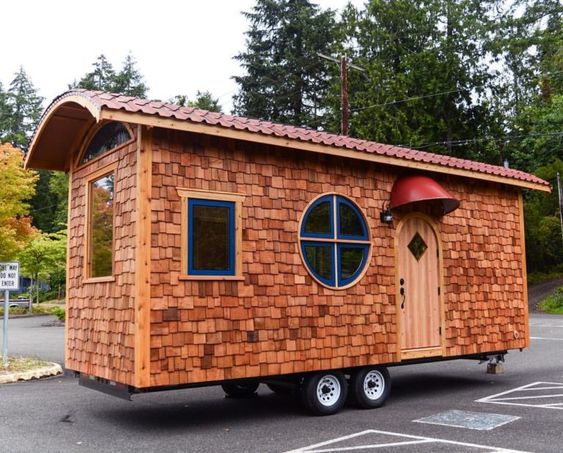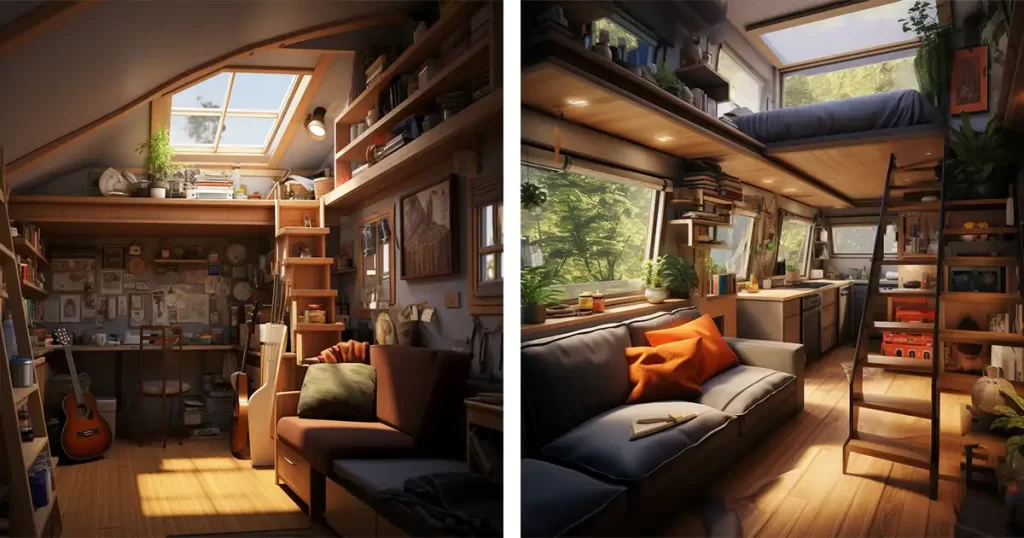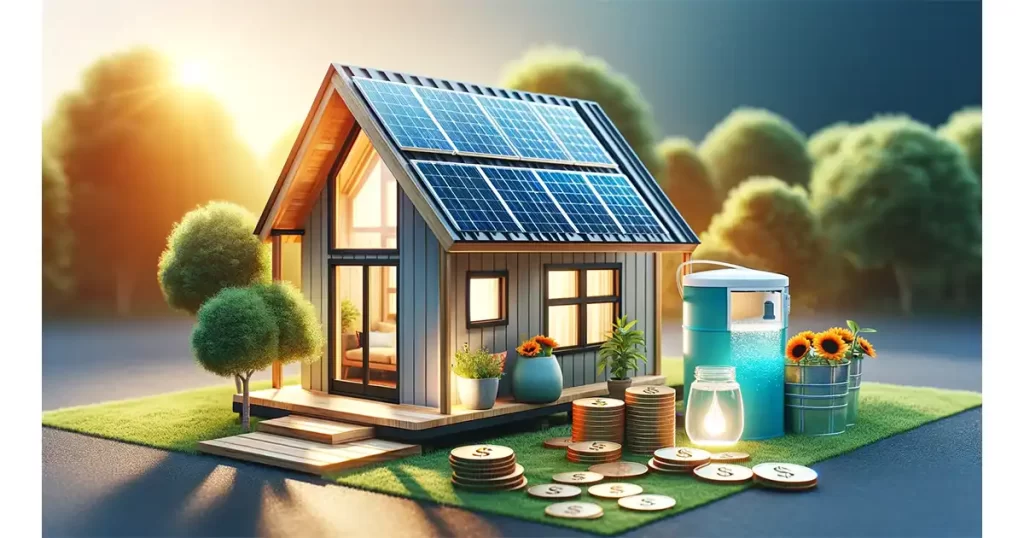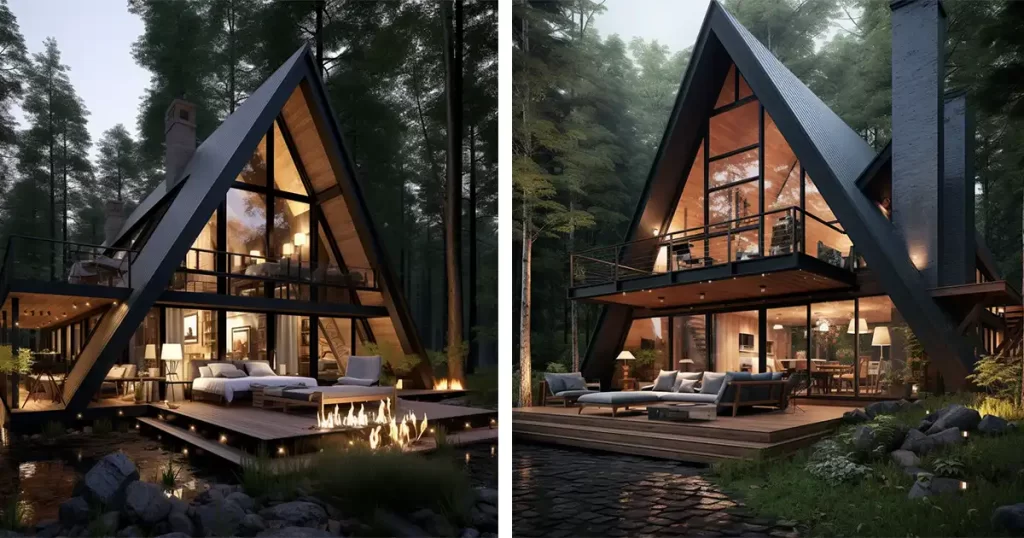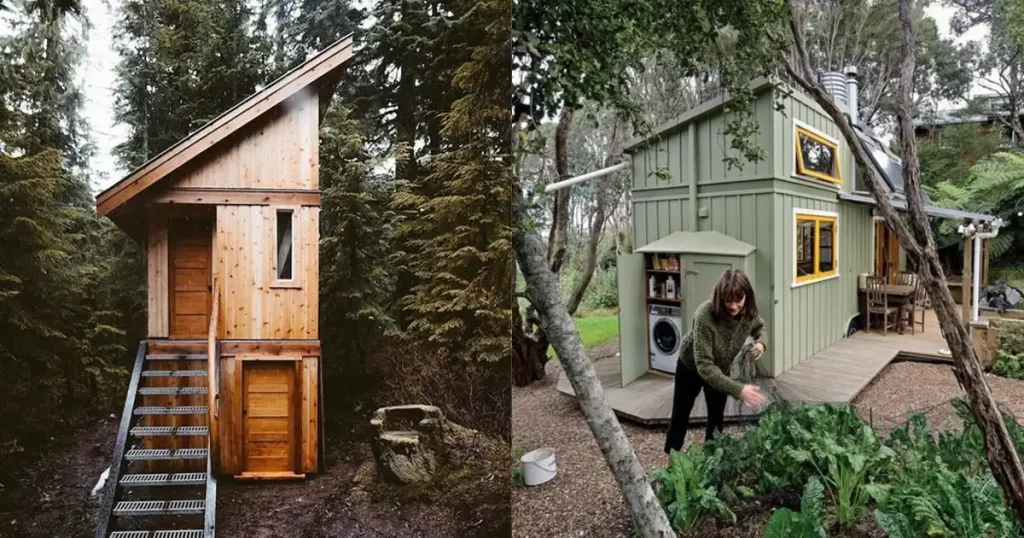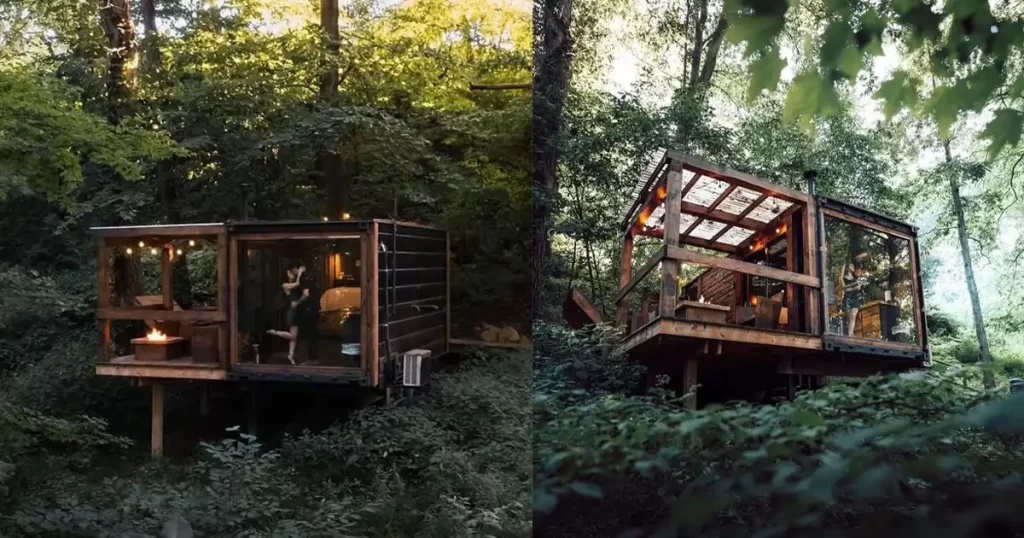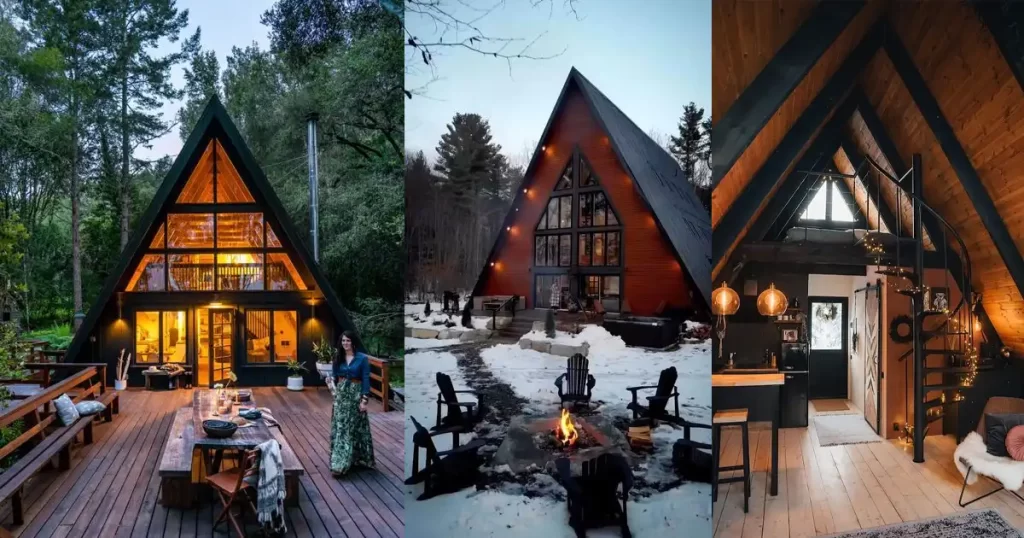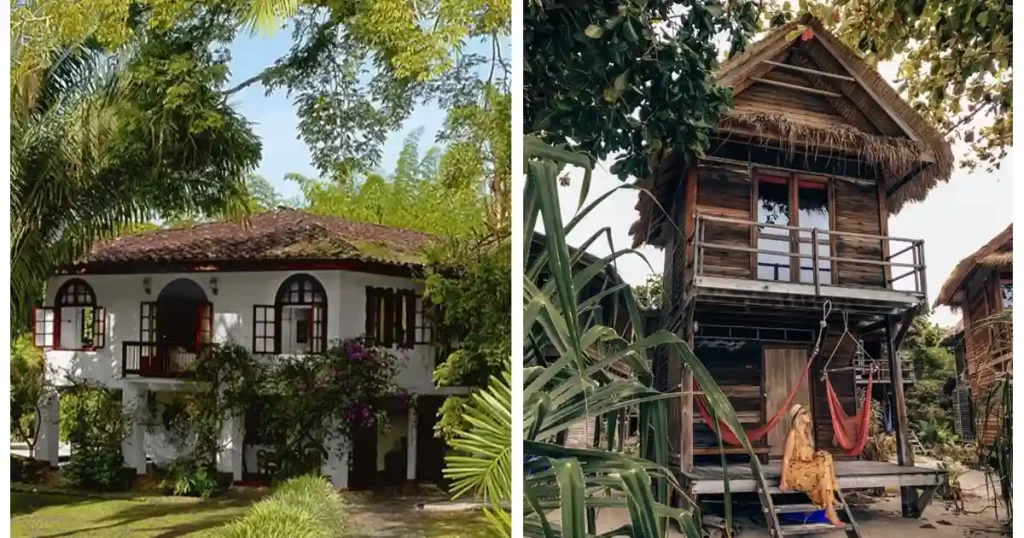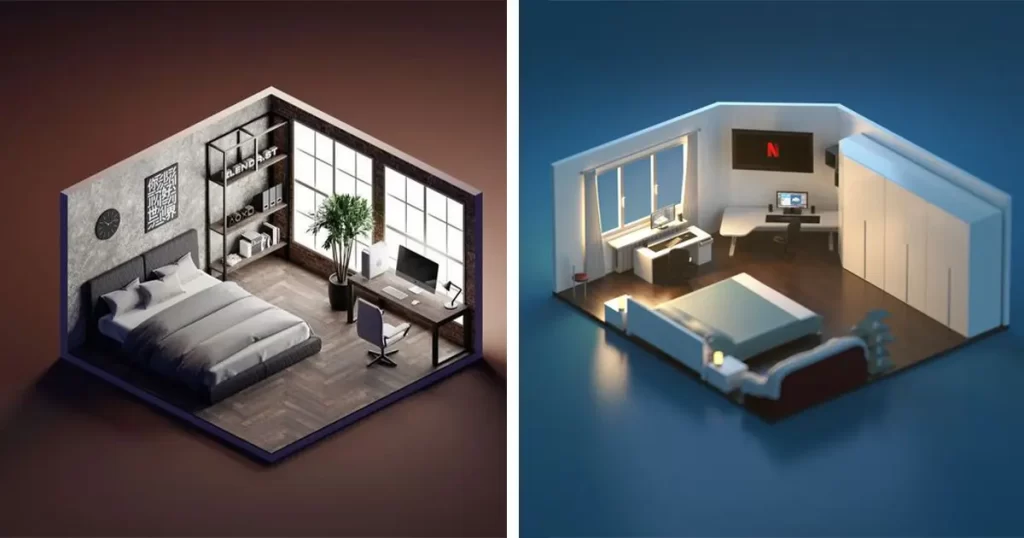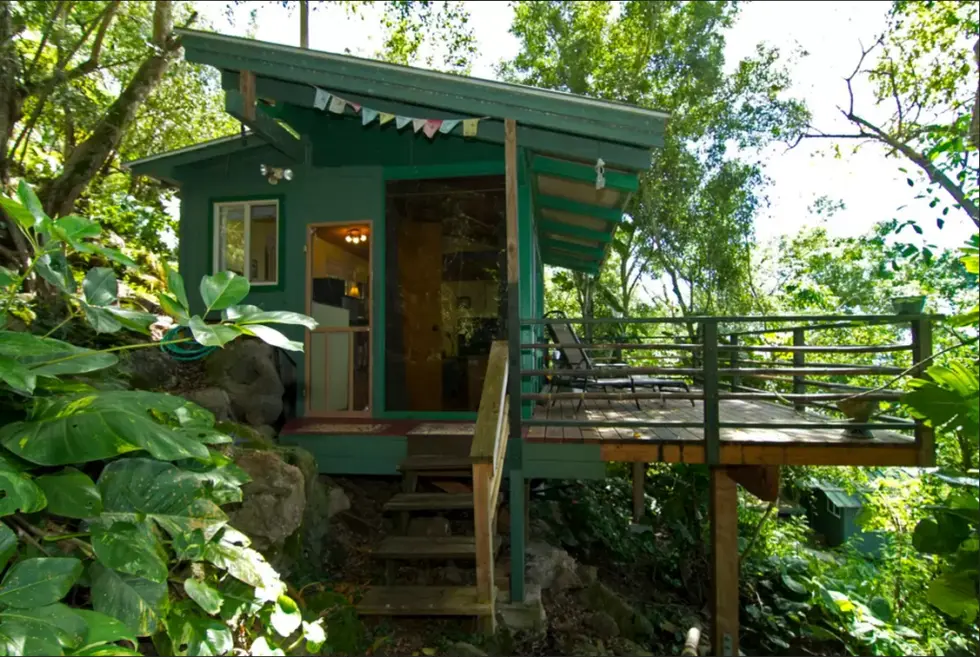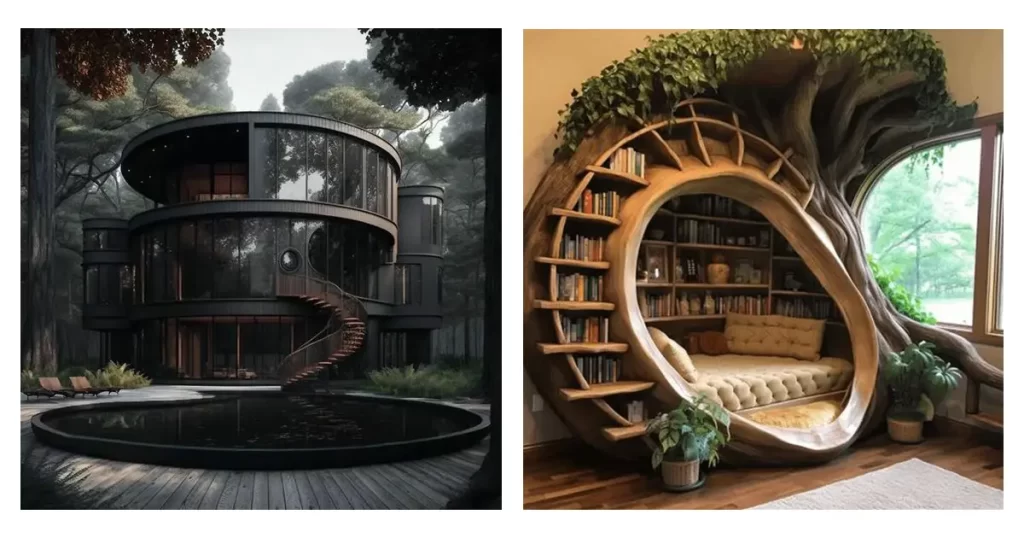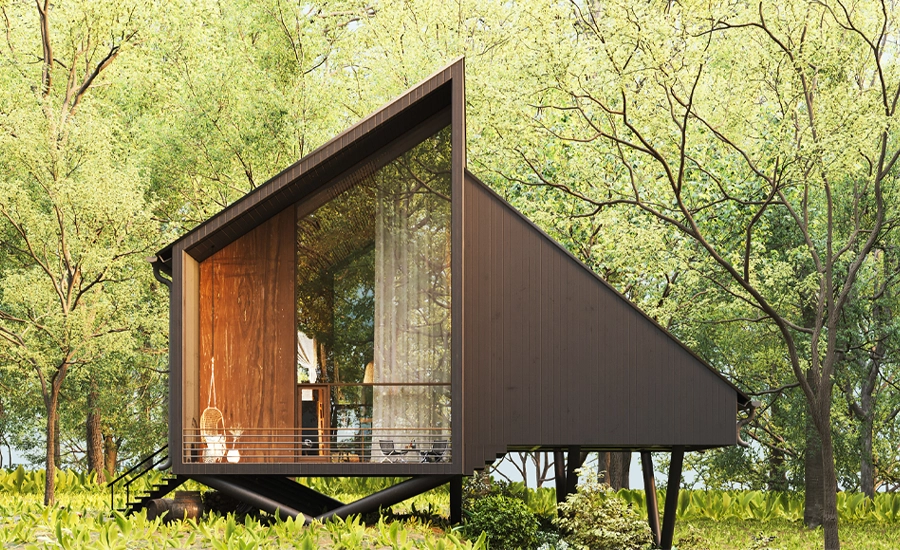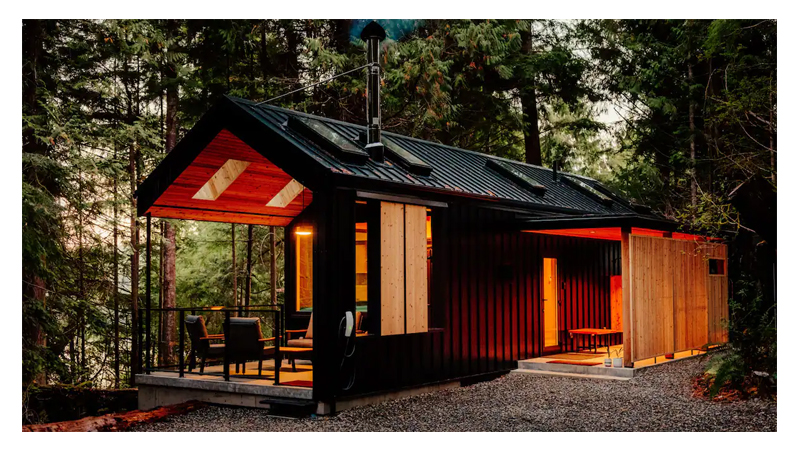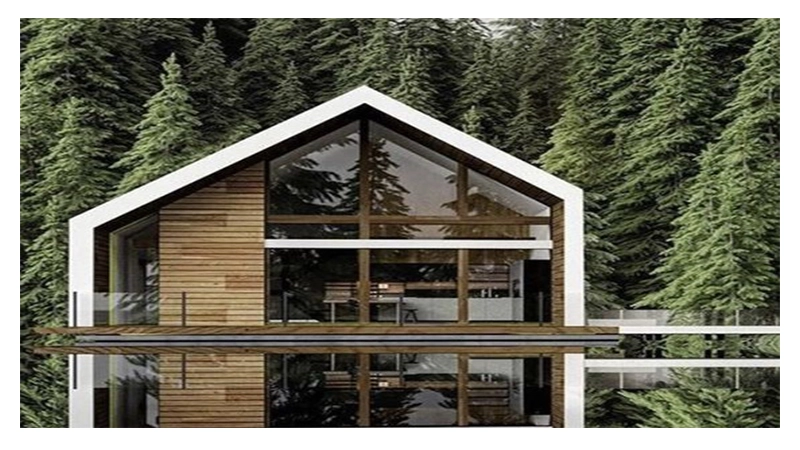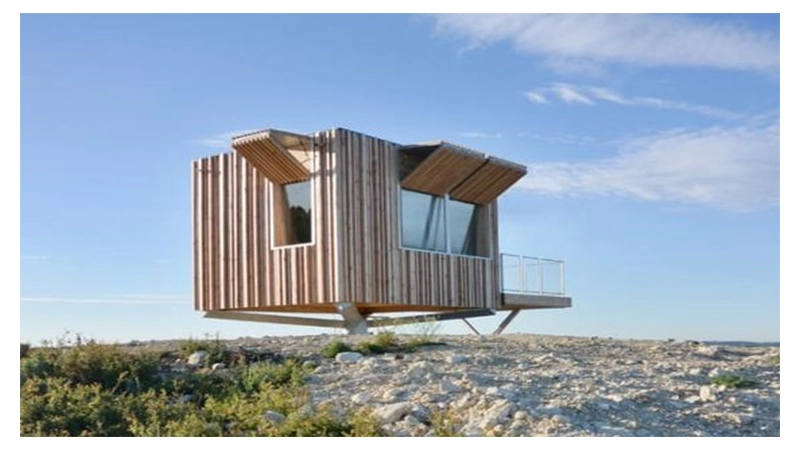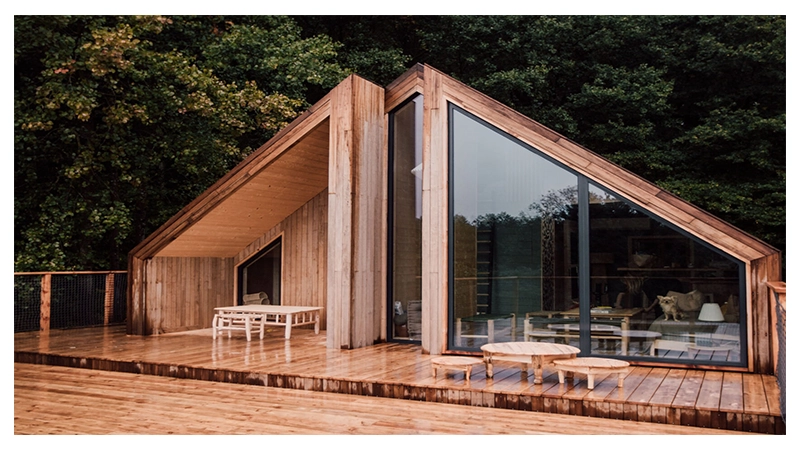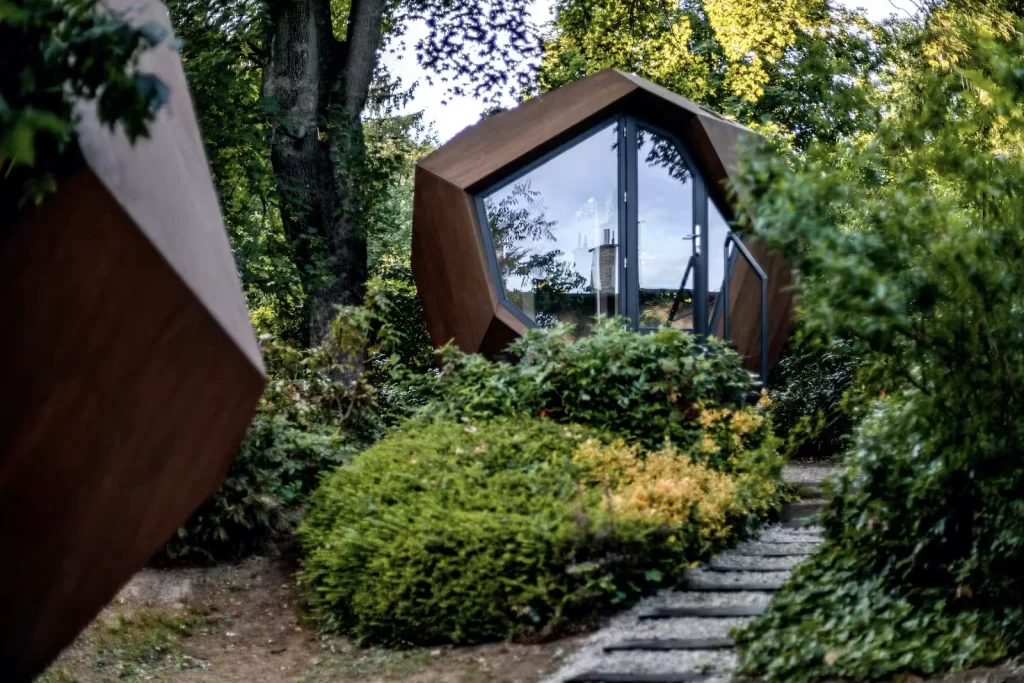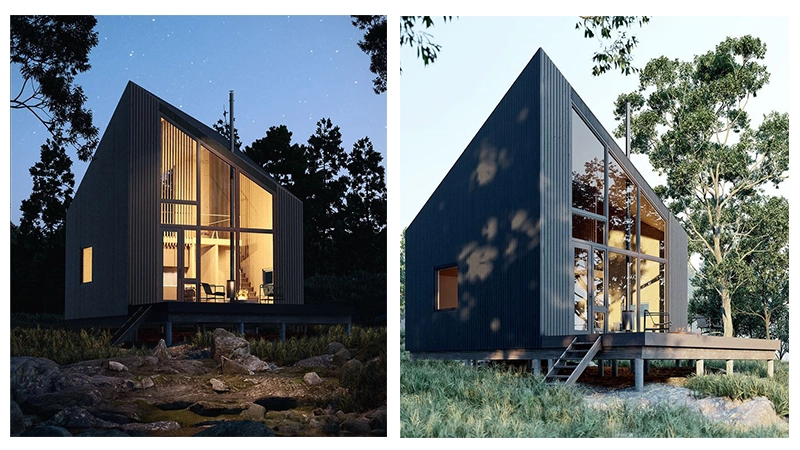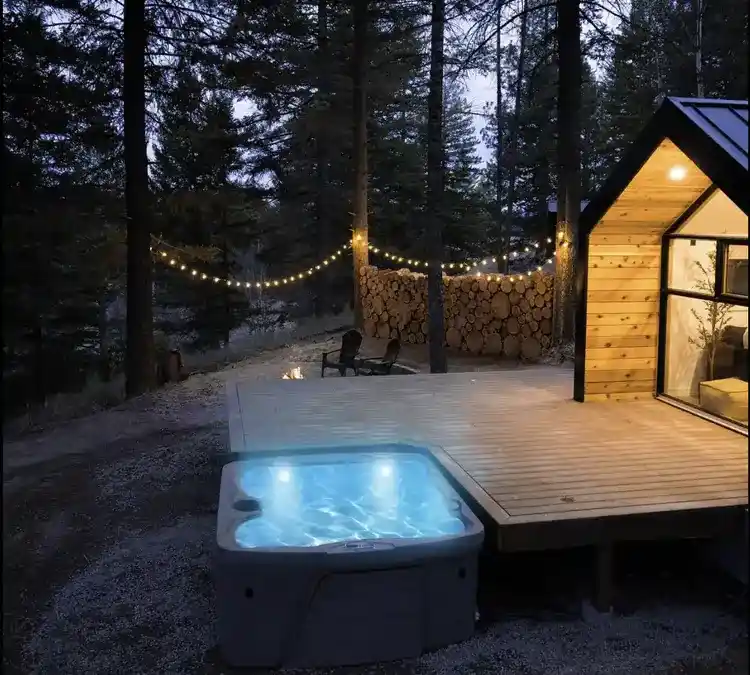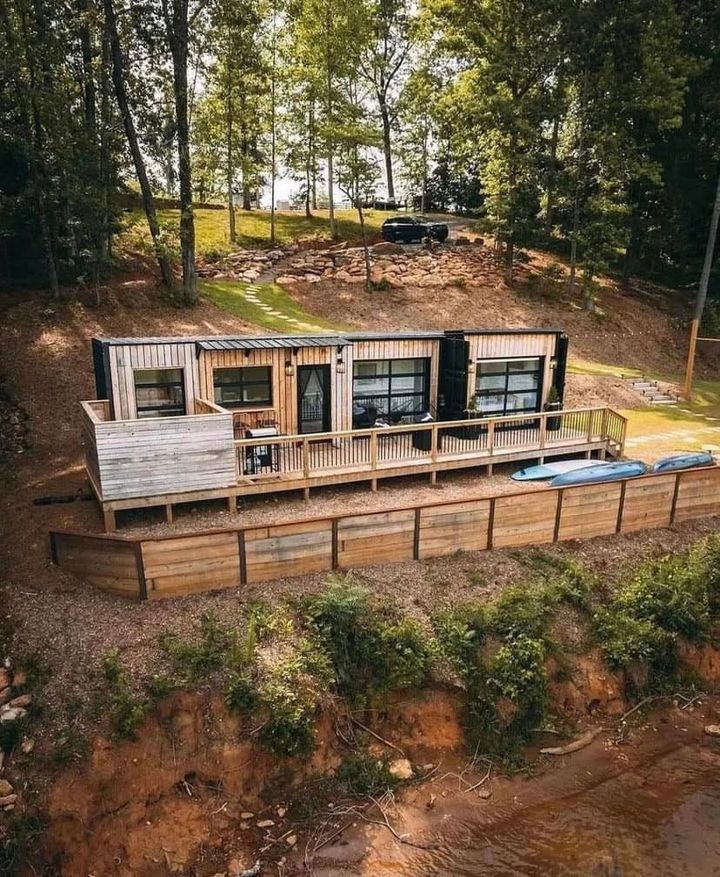
How Tiny Houses Get Warm

How Tiny Houses Get Warm
All that needs to be done is to install a heating system inside the tiny house. First, you need to decide which type of heating system you will use. For example, there are different options such as electric heaters, solid fuel stoves and gas stoves. Each of these options offers different advantages and disadvantages. For example, electric heaters are practical and easy to install but are more expensive and less effective. Solid fuel stoves, on the other hand, are more economical and more efficient, but less practical and more difficult. Gas stoves, on the other hand, are moderately practical, but more expensive and sometimes costly. Once you have decided which system to use, you must set up and maintain the system correctly. This way, you can keep your tiny home cozy and warm.

Small House
Heating systems that can be used in tiny houses are generally:
Electric heaters
Electric heaters are a practical option for tiny houses because they are easy to install and use. However, electric heaters are more expensive and less efficient.
Solid Fuel Stoves
Solid fuel stoves are a more economical and efficient option for tiny houses. However, solid fuel stoves are less practical and more difficult.

Minimalist Tiny House
Gas Stoves
Gas stoves are a moderately practical option for tiny houses. However, gas stoves are more expensive and can sometimes be costly.
Central Heating Systems
These types of systems are often too large and expensive for tiny houses and are generally not used in this type of home.
These four heating systems are the most commonly used systems for tiny houses. Which one is the best option may vary depending on the characteristics of your home and your needs. For example, electric heaters may be more practical, but solid fuel stoves may be more economical. When deciding which system to use, it is recommended to consider costs, efficiency and practicality.
Insulation in Tiny Houses
In small houses, insulation is done to protect the heat and humidity of the house. In this way, the house provides a warm and comfortable environment and saves energy. The points to be considered when insulating small houses are as follows:

Tiny Houses
Wall and ceiling insulation
Walls and ceilings are the home’s biggest sources of heat. Therefore, high-quality insulation material should be used for walls and ceilings. For example, insulation materials such as polyurethane foam, mineral wool or lead-coated foil can be used.
Window and door insulation
Windows and doors are also the most important heat sources in the house. Therefore, high-quality insulation material should be used for windows and doors. For example, sealing tapes or soft foam insulation material may be used.
Insulation on the floor
Insulation on the floor aims to control the humidity of the house and reduce heat loss. For insulation on the floor, insulation materials such as polyurethane foam or lead-coated foil can be used.
Airtightness
Air tightness aims to control the humidity of the house and reduce heat loss. For air sealing, for example, sealing tapes or soft foam insulation material can be used.

Tiny House
When insulating tiny houses, attention should be paid to the quality of insulation materials and applied correctly. In this way, the temperature and humidity of the house are kept in balance and energy savings are achieved.


